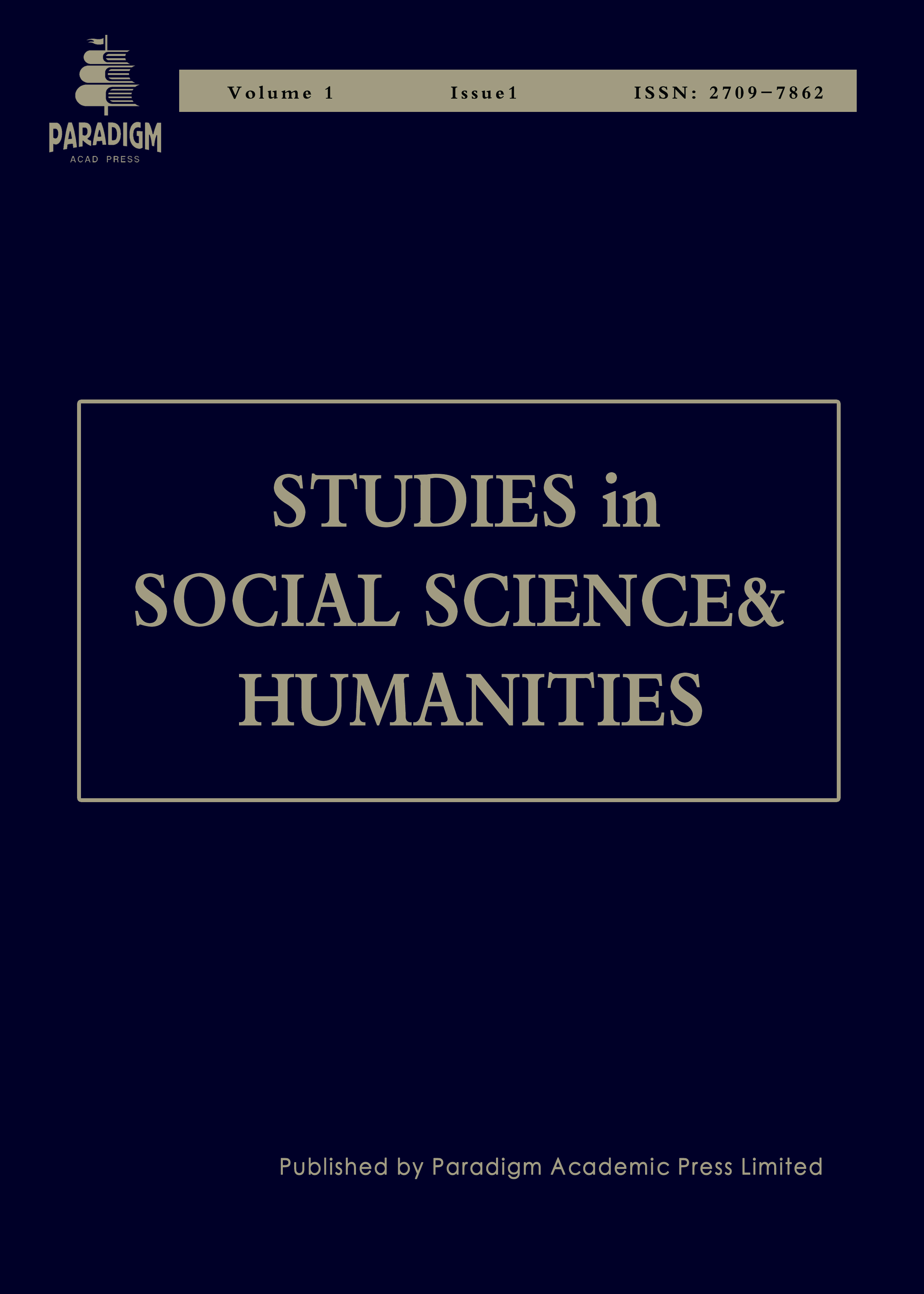Gentrification and the Changing Urban Form
Keywords:
gentrification, re-urbanization, class replacement, community, social welfare, middle class, low incomeAbstract
The effects of gentrification on displacement are widespread in the United States today. Since 1960, the United States has provided low-income people with opportunities to live in cities and find better jobs. As a result, a large number of low-income people have flooded into cities, resulting in high-income groups being dissatisfied with the changes in the surrounding community environment and moving to the suburbs, forming a wave of counter-urbanization. Today, however, the United States is reversing this trend and reurbanizing. High-income people with knowledge and expertise are moving into big cities, while low-income people are being driven out of their original homes. This paper will analyze the causes of gentrification and its impact, and divide into four parts to answer these questions. Gentrification is a development trend, which should not be ignored but should be faced and better helped by government intervention, community assistance and welfare policies.


